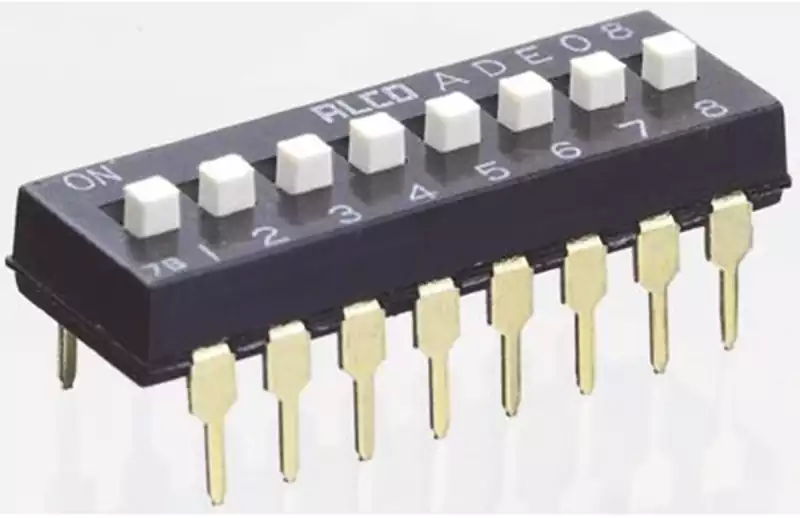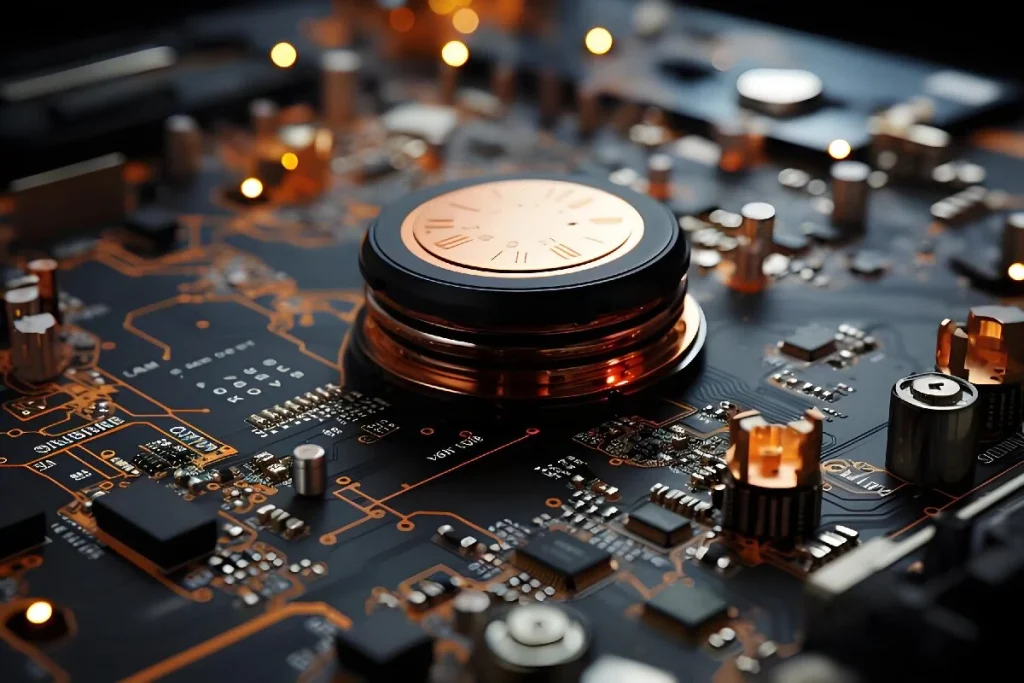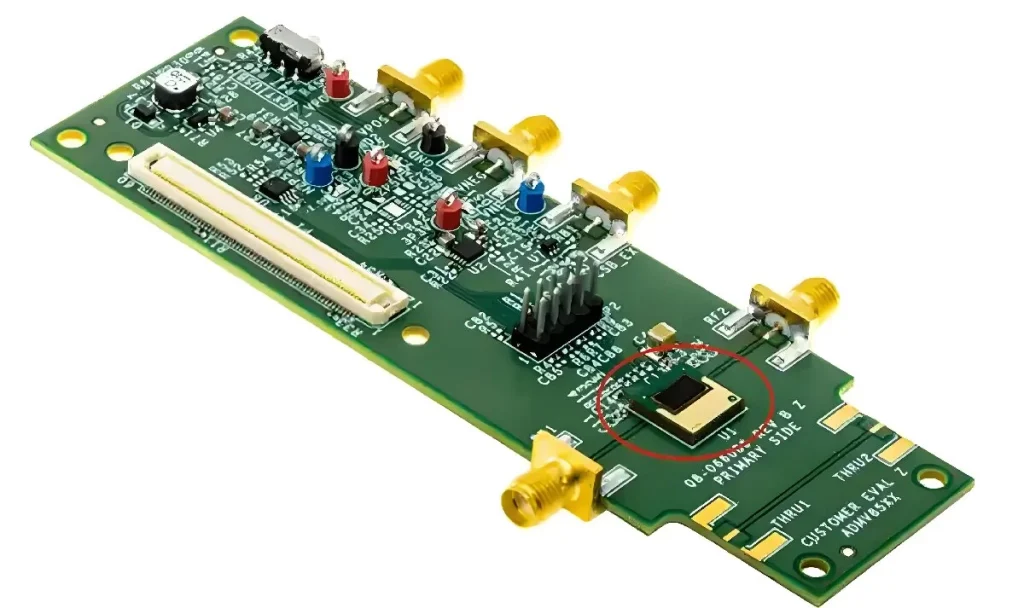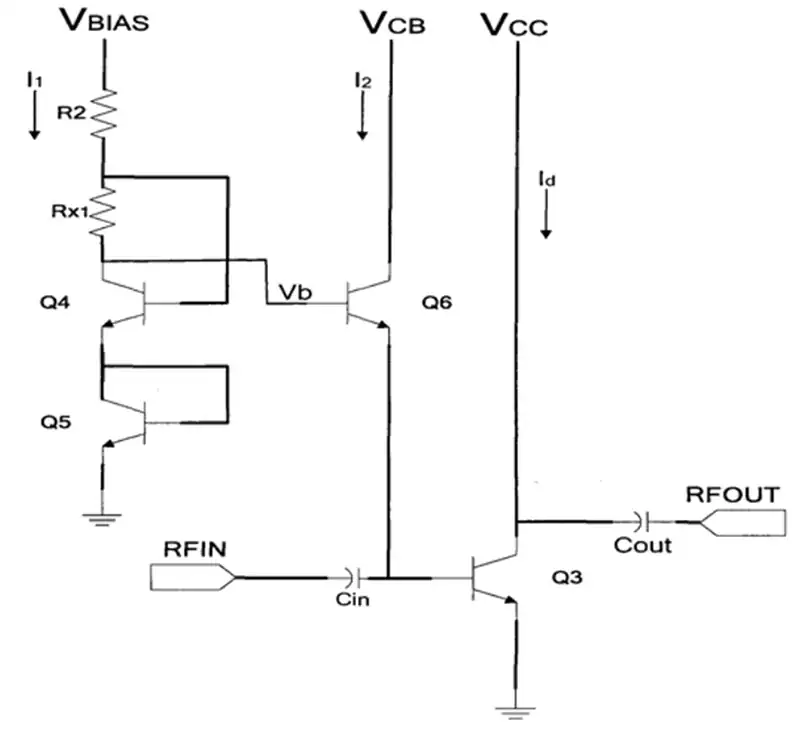The printed circuit board switches are the components used to control the switching state of a circuit, also known as a switching circuit board or switch board. It usually consists of one or more triggers and controllers, and is used in circuits to control the on/off state of the circuit, thus acting as a switch to break or turn on the circuit.
Printed circuit board switches can be categorised according to the principle structure and shape in which they are used. According to the principle classification, circuit board switches are divided into two kinds of mechanical switches and semiconductor switches. Mechanical switch refers to the use of mechanical principles, through the physical hardware to achieve the circuit on and off operation. Semiconductor switches, on the other hand, are electronic components made of semiconductor materials, which have the advantages of high-speed switching, low loss and long life. According to the shape classification, printed circuit board switches can be divided into rotary switch key switch slide switch toggle switch and several other types.
Printed circuit board switches in electronic circuits play a role in controlling the circuit on and off, with the following aspects of application:
1.Control circuit on-off and switching: printed circuit board switches can control the on-off state of the circuit, so as to switch the circuit to achieve the opening and closing of the device or a certain circuit.
2.Protect the circuit: the printed circuit board switches can detect overcurrent overvoltage over temperature short circuit and other abnormal states in the circuit, and will cut off the circuit in time when the abnormal state occurs. This protects the circuit board switch itself from being damaged and protects the equipment being controlled.
3.Control equipment action: the circuit board switch can be achieved by controlling the switch circuit to start and stop the equipment control.
4.Adjust the speed of the equipment: circuit board switches can also be adjusted through the on-off state of the equipment circuit to control the operating speed of the equipment.

Select the appropriate type of printed circuit board switches to consider the factors.
1.Application requirements
When considering the type of circuit board switch, first of all to clarify its specific application scenarios:
Functional Requirements:
Determine whether the switch needs to perform a simple on/off function (e.g., on/off) or needs to adjust multiple settings (e.g., adjustable potentiometer).
Frequency and Durability:
For frequently used systems, durability and longevity are key. Select switches with long durability cycles to reduce maintenance costs.
2.Circuit Characteristics
Consider the technical requirements of the circuit when selecting a switch:
Operating current and voltage:
Ensure that the selected switch can withstand the maximum current and voltage used in the circuit to avoid switch damage.
Electrical isolation:
It is necessary to consider whether the switch requires electrical isolation to avoid electrical noise and interference.
3. Switch type
Depending on the characteristics of the application, different types of switches can be selected:
Mechanical switches:
Suitable for applications that require physical feedback, such as pushbuttons and toggle switches are easy to use and relatively low cost, suitable for household appliances and simple devices.
Electronic switches:
When speed and control require higher precision, selecting electronic switches such as MOSFETs or IGBTs can effectively improve response speed and reduce power consumption.
Touch switches:
Suitable for modern design aesthetics, they can save space and are easy to clean, and are usually used in home appliances and smart devices.
4.Size and Mounting
Consider available space and ease of installation when choosing a switch:
Size:
Select the right size switch according to the space constraints of the board, e.g. for compact space designs, smaller switches may be preferred.
Mounting method:
Consider the mounting method (e.g. DIP, SMD, etc.) to ensure that the switch is compatible with the board and easy to solder.
5.Environmental factors
Different operating environments have different requirements for switches:
Temperature and humidity:
Select switches with appropriate environmental tolerance for high temperature or high humidity conditions.
Dust and water resistance:
For applications in harsh environments, consider selecting switches with dust and water resistance ratings.
Printed circuit board switches are indispensable components in electronic equipment, and their selection and application are directly related to the performance and reliability of the equipment. Through reasonable selection and configuration, we can maximise the role of circuit board switches to provide stable and efficient circuit control for all types of electronic equipment.



